FDA Finds Bird Flu Traces in 20% of Milk Samples Across the U.S.
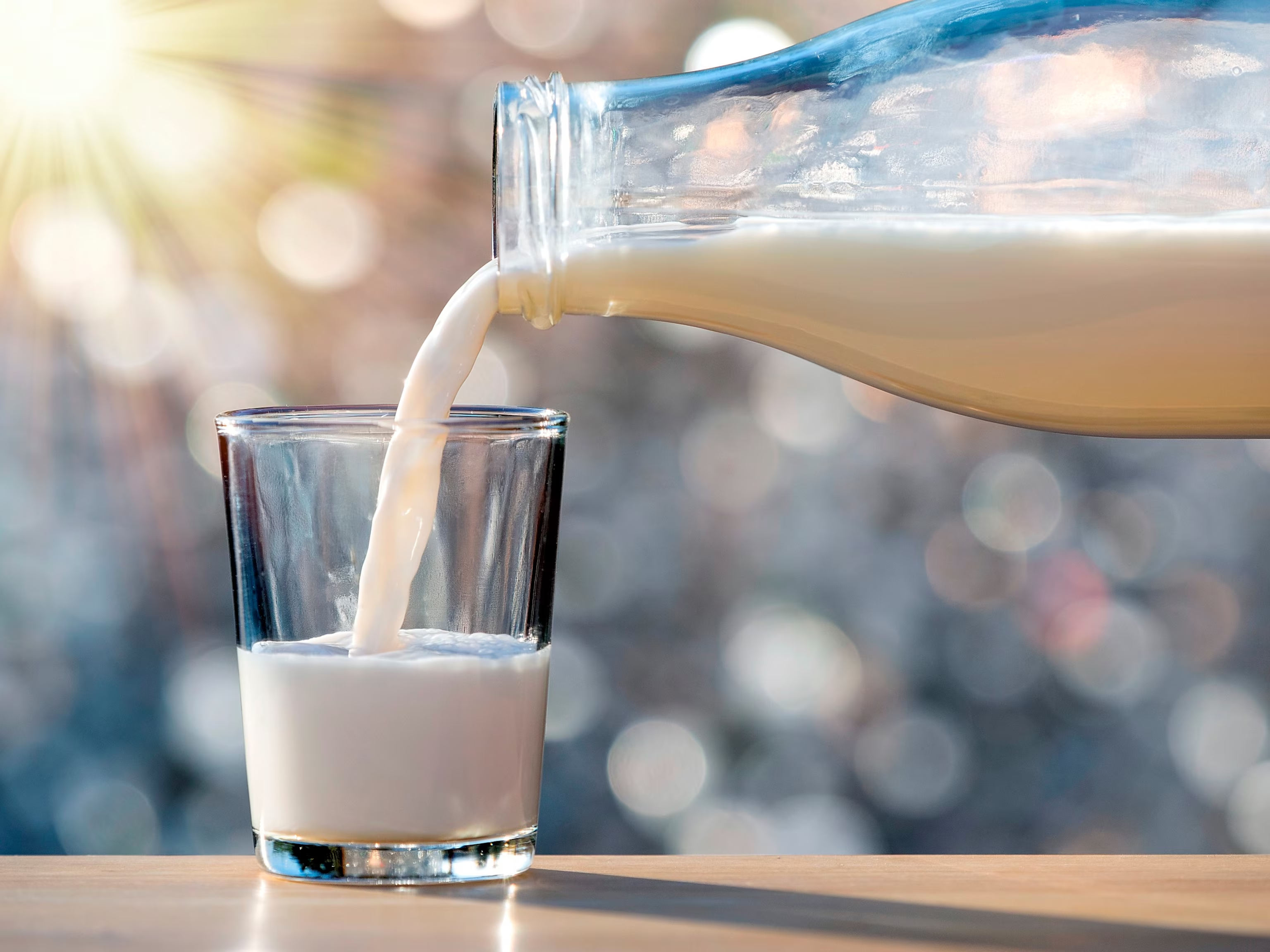
United States — Similar to the cases in 20% of the milk samples collected nationwide, the United States Food and Drug Administration has announced that the origin of the bird flu has been discovered in milk samples.
Surveillance Measures Implemented
The finding suggests that poultry colds have traveled more among cattle dairy than has been officially declared, as reported by HealthDay.
The CDC specified that more samples tested positive in the samples collected from the areas with the infected dairies, and the regulators emphasized that, so far, there is no evidence, and the live virus was not present in milk sold in stores.
Even so, 33 herds throughout eight US states have been determined to be infected with the H5N1 virus, which is famous as bird flu.
“It suggests that there is a whole lot of this virus out there,” Richard Webby, a virologist and influenza expert from St. Jude Children’s Research Hospital, said in an interview with the New York Times.
The process of getting rid of bird flu from dairy farms in New Zealand is still possible, but it will be difficult to curb the virus without knowing its full extent.
Towards that aim, the USDA mentioned in its Wednesday statement that testing dairy cows crossing state boundaries is now mandatory. Until now, testing of cows had been voluntary and conducted if a cow appeared to be suffering from pronounced disease symptoms.
As the Times reported on Wednesday, 23 people have already undergone testing for the virus, among whom 44 were monitored after contact with H5N1. To date, only one human case has been reported, a mild case involving a dairy worker in Texas who had been infected by ill cows.
Nevertheless, prolonged spread among cows will create more opportunities for the virus to acquire other human-like transmission traits.
Reassurance on Milk Safety
Experts consider heating the milk for a short period of time as pasteurization and believe this process should kill the virus.
“And when you destroy the virus, it’s going to release genetic material,” Samuel Alcaine, a microbiologist and food scientist at Cornell University in New York, told the Times.
“It’s not surprising” to find them in milk, he added. “It doesn’t mean that the milk is not safe.”
According to the federal government, tests are being conducted to assess the possibility that any living virus could still be present in the milk after it has been pasteurized. Experts in the New York Times state that this possibility is far-fetched.
Dr. Jeanne Marrazzo, chairperson of the National Institute for Allergies and Infectious Diseases, said at the Wednesday media press conference that scientists had tested for live viruses in retail milk but found none, the Times reported.
Continued Monitoring and Research
The results may not be as huge, but it nonetheless was good news to her, she said.
Still, “to really understand the scope here, we need to wait for the FDA efforts,” she noted, as reported by HealthDay.
During the talk, Dr. Donald Prater, the acting director of the FDA’s Center for Food Safety and Applied Nutrition, mentioned that no past study has been done on the effects of pasteurization on milk and the bird flu virus.
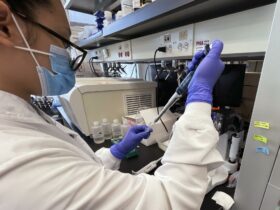
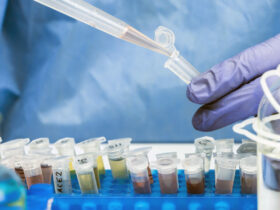
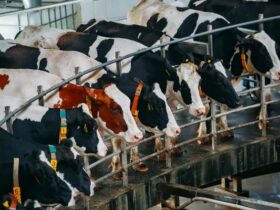
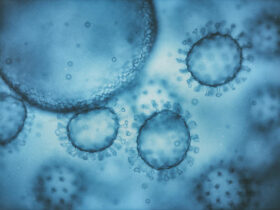

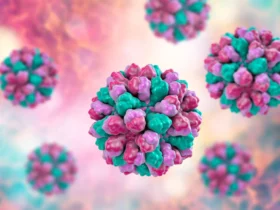
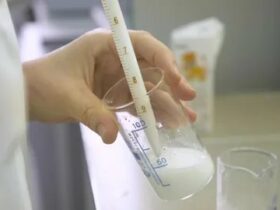

Leave a Reply